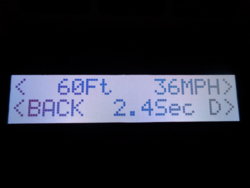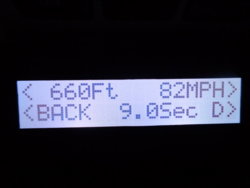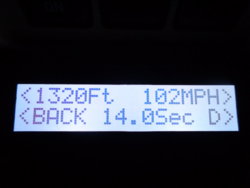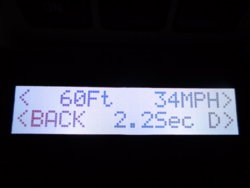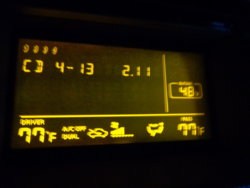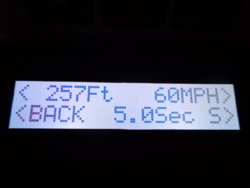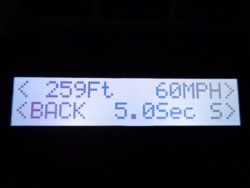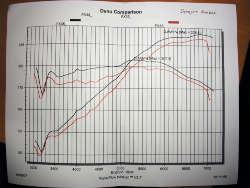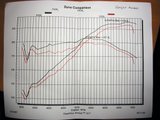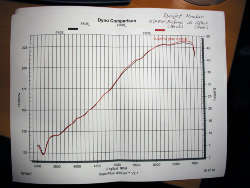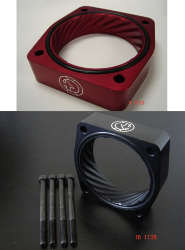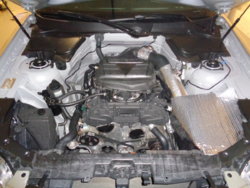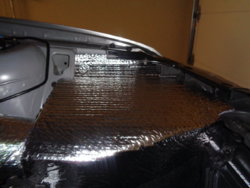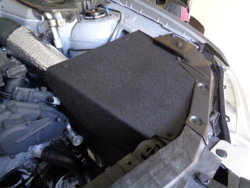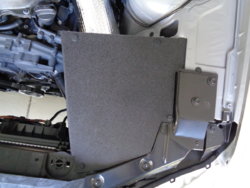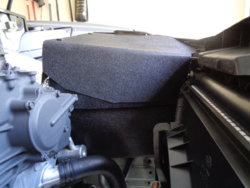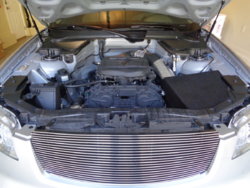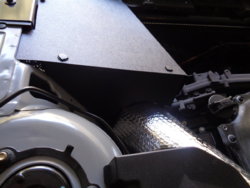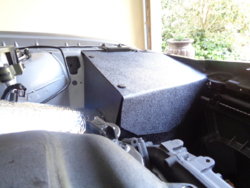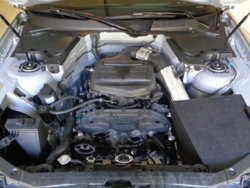onthemove
Member
Went out today and when I got back I checked the temps of various components by touch. I can hold the wrapped headers and mid pipes for several seconds at a time. The metal side of the heat shields on the cats is just warm, so they appear to be doing their job as well. The engine bay must be staying cooler but there's no way to tell anymore. The iat's in the intake still climb when at idle though much slower and they drop much faster, though I cannot say if this has seen further improvement since wrapping the exhaust parts.
Edit - on a heat soaked engine, I can touch the headers and heat shields for a second or 2 before I have to pull away. I can hold the wrapped mid pipes for several seconds.
The only time this is really going to pay off for the mechanicals is when it's so hot outside and the system (coolant, radiator, oil, trans fluid & cooler, etc.) is having difficulty keeping up. Operating temps will be maintained whether I like it or not.
My tuner told me I should expect better scavenging but at idle the scavenging will be worse do to the larger pipes. I suppose I could argue with him as the stock manifolds didn't retain heat like wrapped headers & other pipes do.
Totally unrelated, he also told me he's dealing with the "parachute bumper" issue on a 9 second drag car. Tape that shit!
Edit - on a heat soaked engine, I can touch the headers and heat shields for a second or 2 before I have to pull away. I can hold the wrapped mid pipes for several seconds.
The only time this is really going to pay off for the mechanicals is when it's so hot outside and the system (coolant, radiator, oil, trans fluid & cooler, etc.) is having difficulty keeping up. Operating temps will be maintained whether I like it or not.
My tuner told me I should expect better scavenging but at idle the scavenging will be worse do to the larger pipes. I suppose I could argue with him as the stock manifolds didn't retain heat like wrapped headers & other pipes do.
Totally unrelated, he also told me he's dealing with the "parachute bumper" issue on a 9 second drag car. Tape that shit!
Last edited:

